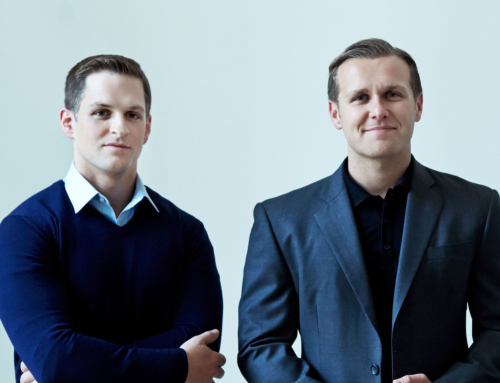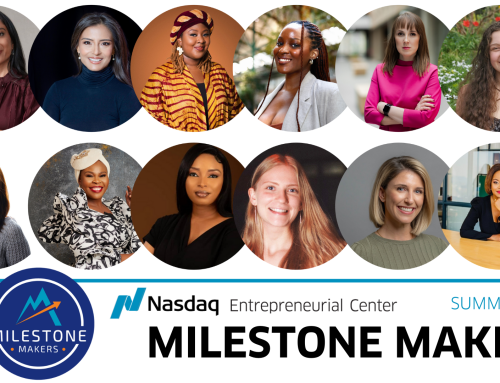By Ryan Frederick
The biggest mistake a startup can make around product launch time is turning a blind eye to unenthusiastic or even negative feedback. Maybe you have an amazing beta, or maybe even a product, service, or platform launched already. Wonderful. While it’s natural to want (maybe even to seek) glowing reviews and feedback, Ryan Frederick, Principle at AWH and product thought-leader who works with the Nasdaq Center, is here to tell you — not so fast. You and your startup should be ruthlessly striving for the “no” — the negative feedback — because it’s only through the no — that you can iterate for long-term success and traction.
On Why You Should Seek The “No”
Validation and user feedback are key components of the product creation process that you must understand and master to ensure you are solving a high-value problem people care about. Using the seek no approach will make you better at validation and provide you with more accurate feedback as you build.
A key counter-intuitive component to good user validation is to give users permission to provide honest feedback by seeking no. Seeking no demands that you ask questions, solicit honest feedback, and maybe kill the product or current product direction.
This approach also enables you to prove or disprove that your product solves a problem users care about. A typical, positive approach to validation almost always serves to mistakenly prove the problem and product hypothesis.
Positively Phrased Questions Cause False-Positives
Most validation is framed in the positive. After all, we should be positive and optimistic about the product, right? Wrong. Positive questions elicit positive, but often misleading, responses from users. Why? Because we are predisposed to answer positively framed questions positively.
Examples of typical validation questions include:
- Do you like it?
- What do you like about it?
- It would be helpful, right?
- You would you use it, right?
Proper validation isn’t about getting positive responses, it is about getting honest responses. Positively framed questions result in false positives, which move the product in the wrong direction or erroneously forward.
How To Seek “No” For Success
Examples of better user validation questions and positioning include:
- What don’t you like about it?
- Where did we miss the mark?
- Why wouldn’t you use it?
- Why wouldn’t it be helpful?
The seek no approach to user validation gives people permission to provide negative feedback. It also demonstrates and communicates your dedication to solving problems and delivering value by building a product for the user instead of for yourself. Positively framed questions reinforce to users that the product is being built in your image.
Ryan Frederick, Principle at AWH, has had the privilege of being part of several startups and growth companies where he’s helped companies grow from inception to viability, to sustainability. During the evolution of these companies, Ryan has served on company boards and has been instrumental in capitalization activities and has also helped companies expand into international markets. Ryan brings a unique blend of business acumen and technical knowledge to help companies and clients achieve their objectives. He enjoys the process and challenge of starting and growing a company. Ryan is a Principal at AWH, Director for Startup Grind, Chairman i.c.stars, Columbus, Co-founder and leader ProductCamp & ProductTank, Columbus.




Invite a Friend
Close